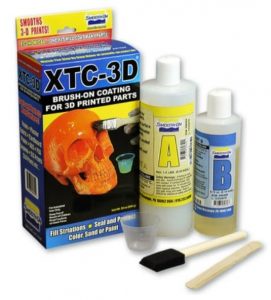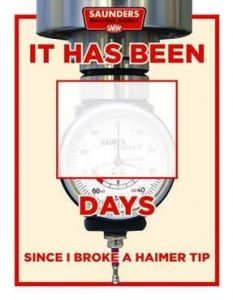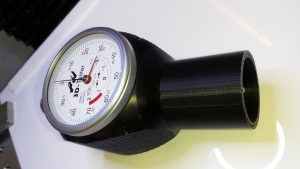We have had 5 weeks of our welding course so far and have focused on MIG only. It has been a steep learning curve but we are now able to produce reasonable looking joints. Coping with so many variables takes some getting your head round.
Talking to the other guys on the course they all commented that for what I am doing I might find TIG more appropriate. The tutor on our course suggested that TIG was like using one hand to pat your head while the other hand was rubbing your stomach and you were jumping up and down all at the same time. I can now see what he means.
After many hours of YouTube watching I have invested in a Jasic TIG welder that does both DC and AC so I should be able to do aluminium joints. It is a nice piece of kit and I am slowly learning its functionality.

So it’s back to practice and more practice but I quite like TIG. It is gentle and focused without all the sparks you get with MIG. It reminds me of my school days when I was doing gas welding.
No projects as yet but it is only a matter of time.
Similar or related subjects : –





